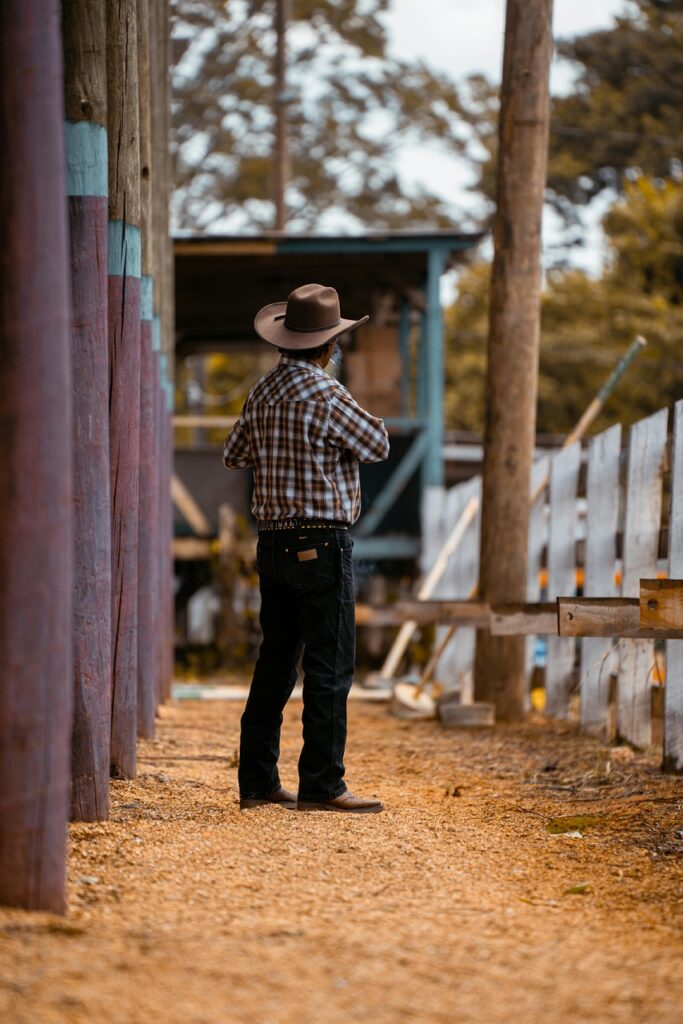For Landowners
Let's Work Together to Protect Your Land
You know your land. You’ve spent years cultivating it, caring for it, and watching it thrive. You’ve seen the sun rise over its hills, the rain fall on its fields, and the wildlife roam through its forests. Your land is a part of you, and you want to ensure that it’s protected for generations to come.
We’re dedicated to helping landowners like you protect their properties from development, fragmentation, and other threats. We’re passionate about working with you to achieve your conservation goals.

Contact for Assistance
Contact:
Lisa Shealy, Associate Director:
lisa@workinglandstrust.org
Ryan Manning, Conservation Director: ryan@workinglandstrust.org
Reva Orr, Conservation Associate: reva@workinglandstrust.org
All Your Questions Answered
FAQS
What is a conservation easement (CE)?
- A CE is a legal tool that restricts residential, commercial, and industrial development of land to maintain its conservation values, and in the case of an agricultural CE, its
agricultural production capability, including horticulture and forestry (think food and fiber!). - A CE is recorded in the Register of Deeds office in the county in which the property is located and is permanent.
- A CE “runs with the land,” meaning it will continue to apply as it is transferred to
buyers or heirs. - A CE is “held” by a qualified organization, which can be a local nonprofit conservation organization or a government entity, to ensure compliance with its terms and conditions.
How do I apply for a grant for an agricultural conservation easement?
WLT has several state and federal funding partners (i.e. NCADFP, USDA NRCS, USDOD) that provide grant funds to “purchase” CEs and to cover much of the due
diligence costs associated with the CE process. If you are considering placing your
farm or forest under a CE with WLT, we will work with you to identify available
funding opportunities and work through the process very closely with you.
Is my property eligible to be placed under a conservation easement with WLT?
- A property must be privately-owned and at least partially in working lands use (agriculture, horticulture, forestry).
- Some of our funding partners have specific criteria, e.g.:
– NCADFP minimum acreage requirements—5 acres for horticulture, 10 acres
for agriculture (row crops or pasture), 20 acres for forestry, or a combination of
working lands use.
– USDA NRCS—50% or more prime or significant soils
– USDOD—within ENC Sentinel Landscape and compatible use with military
installations - If there are existing easements that have removed development rights from the property, those areas will likely be ineligible.
After the CE is recorded, who owns the property?
- A property subject to a CE remains in private ownership with the current landowner and successors.
- The property may be sold or bequeathed after the CE is recorded, and the new landowner owns the land subject to the terms and conditions of the CE.
- It is essential to know that once the CE is recorded, you cannot get rights back that
were given up. - Many of our funding partners require that you will not be able to subdivide the
property (cannot split it between siblings, delineate a piece for a home mortgage, etc.)
What rights are removed by a CE?
- CEs can vary, but in general, remove some set of development rights from the property which may negatively impact the conservation values; for agricultural CEs,
primarily removal or limitation of nonagricultural uses of the property. - Prohibited and restricted activities for an agricultural easement typically include
subdivision, mining, dumping and trash, commercial signage, and industrial and
commercial uses outside of agricultural and customary rural enterprises. - CEs that are of military importance and funded by USDOD will restrict tall structures, upward-facing lights, and other military training hindrances.
- Many of our funding partners have template easements that already have agreed
upon terms and restrictions, which is especially helpful when combining funding
sources.
